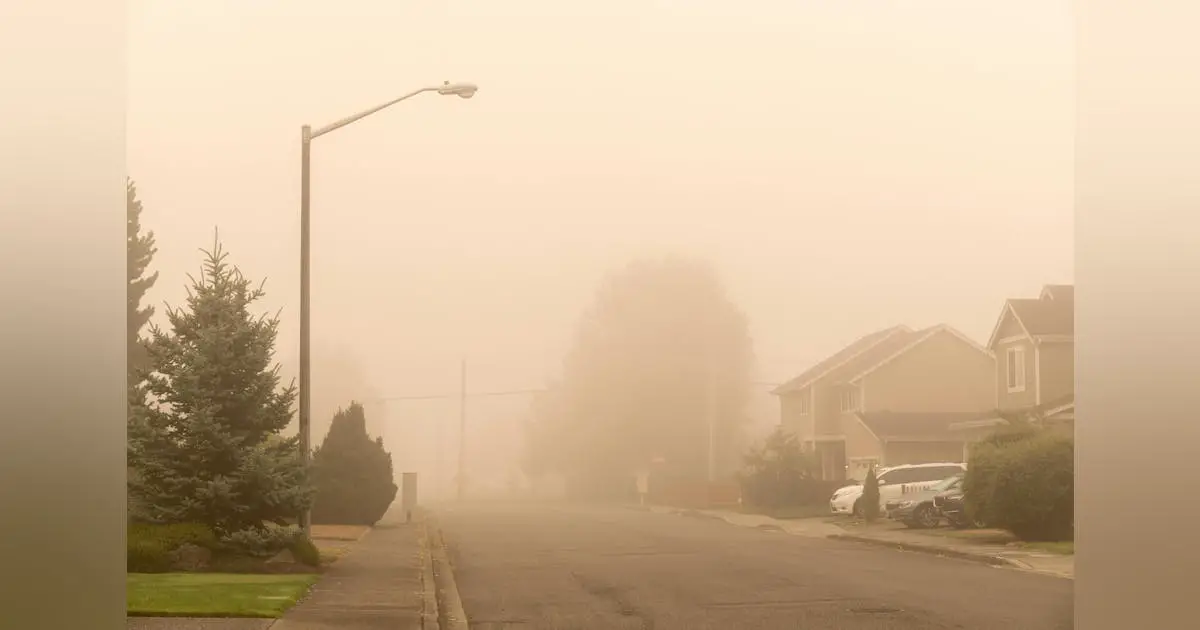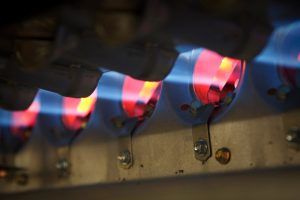Wildfire smoke has become an unwelcome annual guest across much of North America. It’s become so prevalent that one analysis of 2023 wildfires found that the average American resident experienced nearly 150 days of complete wildfire smoke coverage in their county — a seven-fold increase over the average from 2006 to 2020. Already this year, smoke from Canadian wildfires has blanketed cities thousands of miles away, causing hazy skies and triggering air quality alerts.
While public attention often focuses on the outdoor impacts, the risk wildfires pose to indoor air is just as concerning. In fact, if HVAC systems aren’t optimized during these events, they can unintentionally make indoor air quality (IAQ) worse.
While reactive measures play an important role in protecting building occupant health, shifting climate patterns are leading to more frequent and prolonged wildfire events, making a proactive approach essential. HVAC professionals play a critical role in leading the shift to smarter, preemptive strategies that help safeguard both health and comfort indoors.
The Unique Risks of Wildfire Smoke
Most people have grown accustomed to receiving air quality alerts that notify them of elevated pollution levels and associated health risks. But wildfire smoke presents an especially harmful threat. It contains high levels of particulate matter smaller than 2.5 microns (PM2.5), which can be inhaled deep into the lungs and enter the bloodstream. While it’s commonly believed that wildfire smoke is made up almost entirely of ash from trees and natural debris, the reality is far more concerning. As fires tear through populated areas, they ignite plastics, paint, solvents, rubber, metals, and more, making PM2.5 from wildfires up to 10 times more toxic than that from other sources.
While public health agencies advise staying indoors during wildfire smoke events, being inside doesn’t guarantee protection. One study found that indoor PM2.5 more than doubled on days with wildfire smoke pollution compared to smoke-free days. More surprisingly, HVAC systems can add to the severity of indoor air pollution during a wildfire smoke event. For example, systems using air-side economizers were shown to have significantly higher PM2.5 infiltration factors than other systems — four to five times higher during wildfire events compared to other pollution scenarios, such as dust storms or inversion events.
A clear example of HVAC system impact during a wildfire smoke event was seen at the Itasca, Illinois headquarters of Fellowes Brands during the June 2023 smoke drift caused by Canadian wildfires. Real-time air quality data from the company’s installed IAQ sensors showed a sharp spike in indoor PM2.5 levels when the HVAC system increased outdoor air intake as part of regularly scheduled operation. Once the intake was reduced in response to those readings, PM2.5 levels dropped rapidly — demonstrating the critical impact of timely system adjustments.
The unique characteristics of wildfire smoke particles allow it to infiltrate buildings, even when systems aren’t actively bringing in outdoor air. That’s why HVAC professionals must play offense, not just defense.
Whether you require installation, repair, or maintenance, our technicians will assist you with top-quality service at any time of the day or night. Take comfort in knowing your indoor air quality is the best it can be with MOE heating & cooling services Ontario's solution for heating, air conditioning, and ventilation that’s cooler than the rest.
Contact us to schedule a visit. Our qualified team of technicians, are always ready to help you and guide you for heating and cooling issues. Weather you want to replace an old furnace or install a brand new air conditioner, we are here to help you. Our main office is at Kitchener but we can service most of Ontario's cities
Source link


